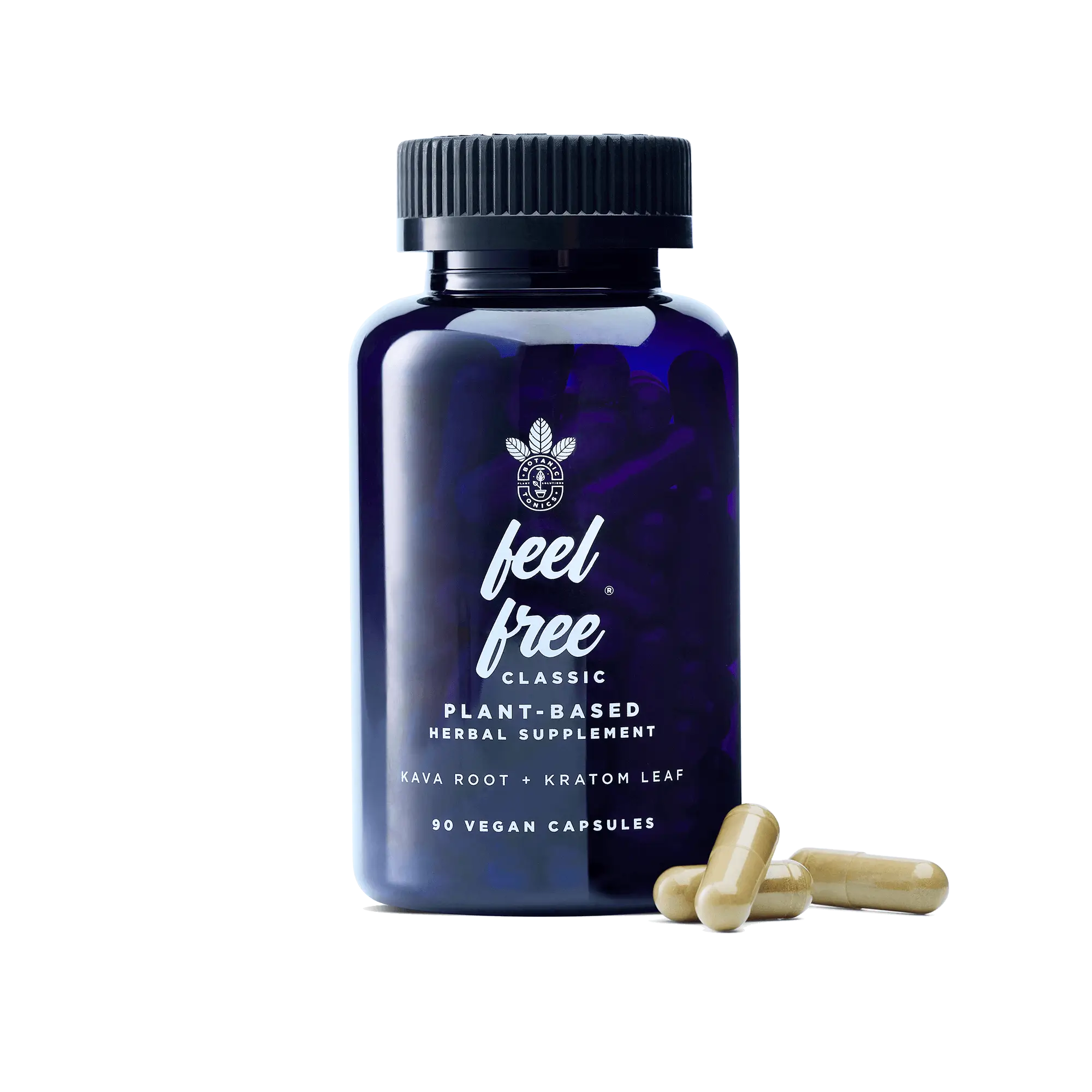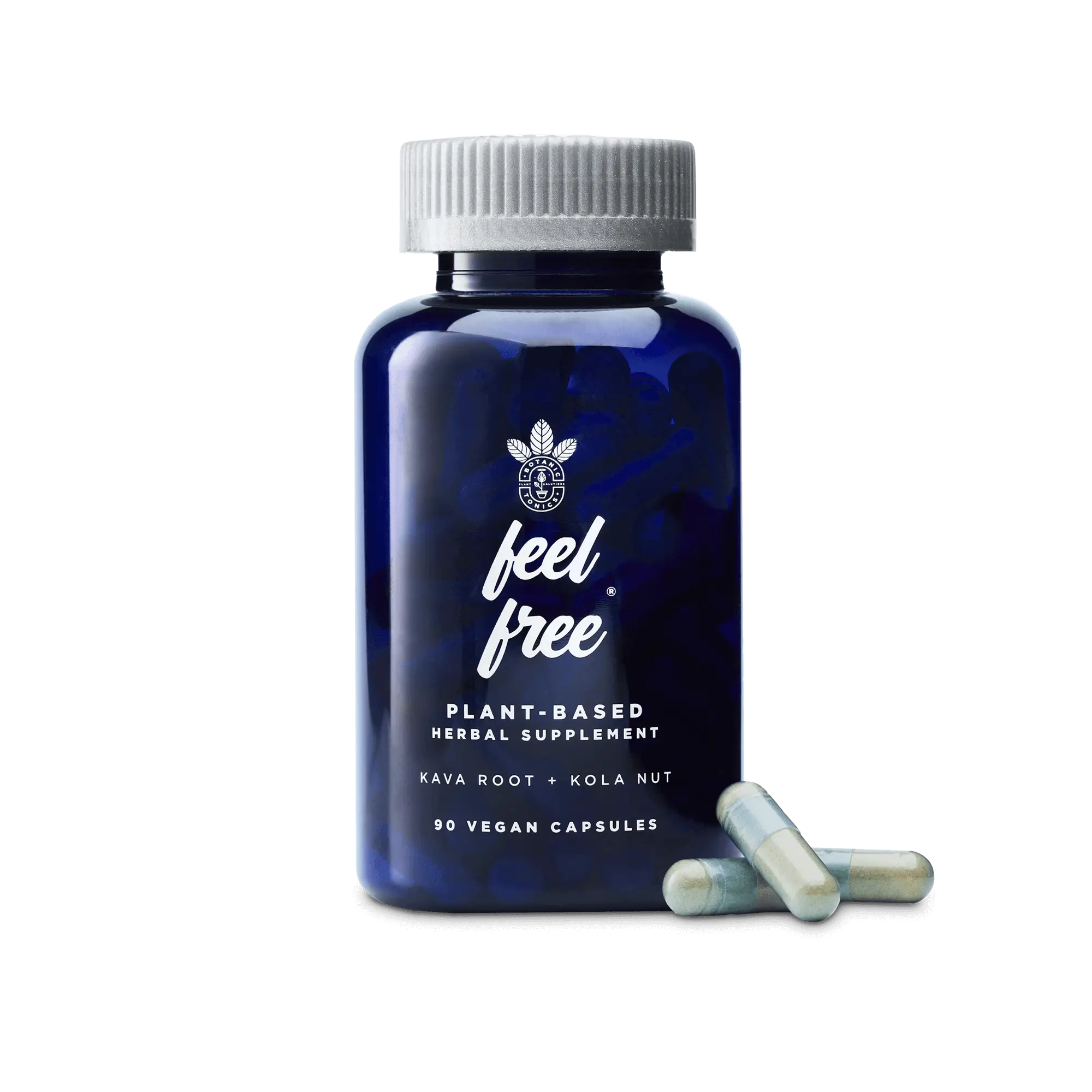High-intensity interval training has revolutionized how we approach fitness, delivering maximum results in minimal time. These short bursts of intense activity followed by brief recovery periods torch calories, build cardiovascular strength, and push your body to new limits. But here's what many HIIT enthusiasts overlook: the recovery phase is just as crucial as the workout itself.
HIIT recovery isn't just about catching your breath—it's about mindful recovery that helps your body and mind transition from high-energy output back to a balanced state. The way you rebalance after intense exercise can significantly impact how you feel for the rest of your day and how well your body adapts to future workouts.
Whether you're crushing burpees in your living room or finishing a challenging circuit at the gym, these post-workout strategies will help you maximize your HIIT investment while supporting natural recovery.
The Science of HIIT Recovery
High-intensity interval training pushes your body into an elevated state—heart rate soaring, breathing rapid, muscles working at maximum capacity. This intensity triggers beneficial adaptations, but it also means your nervous system needs time to downshift from this heightened state.[1]
Effective HIIT recovery involves supporting your body's natural transition from sympathetic nervous system dominance (fight-or-flight mode) back to parasympathetic recovery (rest-and-digest mode).[2] This transition is where the magic happens—where your body repairs, adapts, and grows stronger.
Research shows that HIIT can improve parasympathetic and/or sympathetic modulation when evaluated by linear and non-linear indexes of heart rate variability, but the recovery phase is crucial for maintaining this balance.[3] Smart recovery addresses both the physical and mental aspects of this transition, helping you feel balanced and energized rather than depleted and scattered.
Effective Post-Workout Hydration Strategies
Hydration after intense exercise goes beyond simply drinking water. During HIIT workouts, you lose fluids through sweat and increased respiration, along with essential electrolytes that support muscle function and recovery.
Hydration Best Practices:
- Timing Matters - Begin rehydrating immediately after your workout. Your body is primed to absorb fluids most efficiently in the first 30 minutes post-exercise.[4]
- Quality Over Quantity - Rather than chugging large amounts of plain water, sip consistently over 1-2 hours. This approach supports better absorption and prevents overwhelming your system.[5]
- Electrolyte Enhancement - Look for natural electrolyte sources like coconut water, which provides potassium and magnesium. Add a pinch of high-quality sea salt to plain water for a simple electrolyte boost.[6]
- Temperature Considerations - Room temperature fluids are absorbed more quickly than ice-cold options. Save the ice water for during your workout when it helps with cooling.
- Monitor Your Recovery - Pay attention to your energy levels and how you feel throughout the day. Proper post-workout hydration should leave you feeling restored, not sluggish or overly full.
The goal is supporting your body's natural recovery processes, not forcing rapid rehydration that can actually hinder the process.
Calming Breathwork for Rapid Recovery
One of the most powerful tools for HIIT recovery costs nothing and requires no equipment: your breath. Controlled breathing exercises help shift your nervous system from high-alert mode back to a calm, focused state.
Simple Breathwork Practices:
- 4-7-8 Breathing Technique - Inhale for 4 counts, hold for 7 counts, exhale for 8 counts. This pattern activates your parasympathetic nervous system, naturally lowering heart rate and promoting relaxation.[7]
- Box Breathing - Inhale for 4 counts, hold for 4, exhale for 4, hold empty for 4. Repeat 5-10 cycles. This technique balances your nervous system and brings mental clarity.[8]
- Progressive Exhale Extension - Start with equal inhale and exhale (4-4), then gradually extend your exhale (4-5, 4-6, 4-7). Research shows that longer exhales signal your body to relax and recover by promoting parasympathetic activity.[9]
- Belly Breathing Reset - Place one hand on your chest, one on your belly. Focus on breathing into your lower hand, allowing your diaphragm to do the work rather than your chest muscles.
Practice these techniques immediately after your workout while your heart rate is still elevated. You'll be amazed at how quickly focused breathing can restore balance and calm energy.
Enhancing Recovery with feel free
Here's where smart HIIT recovery gets interesting: feel free offers a unique approach to post-workout rebalancing. This plant-based energy enhancer supports the transition from high-intensity activity to calm, focused relaxation without compromising mental clarity.
Why feel free Works for HIIT Recovery:
- Natural Energy Balance - Made with kava root and leaf kratom, feel free can help bridge the gap between workout intensity and recovery calm. Instead of crashing after intense exercise, you maintain steady energy while feeling relaxed and centered.
- Mental Clarity Support - Unlike options that might leave you foggy, feel free can support clear thinking while promoting relaxation. This combination is perfect when you need to transition from workout mode back to daily activities.
- No Preparation Required - After an intense HIIT session, the last thing you want is complicated recovery protocols. feel free is ready to drink straight from the bottle—simple, convenient, and effective.
- Mindful Recovery Enhancement - feel free can complement other recovery practices like breathwork and hydration. It's not about replacing your natural recovery processes—it's about supporting them with plant-based energy enhancement.
Timing Your feel free Experience:
The beauty of feel free lies in its versatility. Some people enjoy it 20-30 minutes before HIIT workouts for calm, focused energy that supports performance without jitters. Others prefer it post-workout to support the transition from high intensity to relaxed recovery.
Experiment with timing to find what works best for your body and schedule. And remember to start with ½ bottle of feel free and see how your body feels.The goal is supporting your natural energy patterns, not forcing a specific outcome.
Incorporating Mindfulness in Recovery
After your workout, incorporating a few simple mindfulness techniques can significantly support recovery and overall well-being. Start with a quick body scan check-in—spend 2–3 minutes mentally scanning from head to toe, simply noticing any areas of tension or fatigue without trying to change them. This gentle awareness helps your body prioritize healing where it’s needed most. Next, take a moment for gratitude—acknowledge and appreciate what your body just accomplished. This small mental shift can boost motivation and encourage consistency. Stay present with your post-workout sensations rather than rushing into your next task. Just a few moments of stillness can help integrate the physical and emotional benefits of your workout. Finally, set a positive intention for the rest of your day. Whether it’s energy, clarity, or confidence, carrying that workout momentum into other aspects of life makes the benefits of movement go even further.
Ready to Optimize Your HIIT Recovery?
Remember: recovery isn't about stopping—it's about transitioning mindfully from high intensity to sustainable energy. feel free can support this transition by providing calm, focused energy that complements your body's natural recovery processes.
Ready to enhance your post-HIIT recovery?
Shop feel free CLASSIC Tonic and discover natural support for your workout recovery
Find feel free near you and integrate plant-based energy enhancement into your fitness approach
Learn more about kava and discover the natural energy balance that supports active lifestyles
Sources:
- PMC: Can high-intensity interval training change cardiac autonomic control? A systematic review
- ScienceDirect: Exercise training-induced modification in autonomic nervous system
- PMC: Can high-intensity interval training change cardiac autonomic control?
- Johns Hopkins Medicine: Sports and Hydration for Athletes
- Peloton: The Best Way to Hydrate Before, During, and After Your Workout
- Ohio State Health: Hydration and electrolytes during exercise
- Othership: How to Improve Your HRV with Breathing Exercises
- PMC: Effect of Resonance Breathing on Heart Rate Variability and Cognitive Functions
- Well+Good: 2 Deep Breathing Techniques for Faster Workout Recovery















